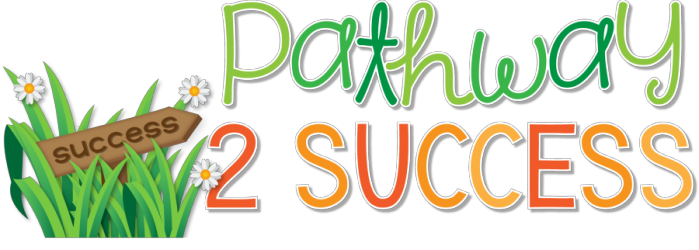A huge part of our job as special educators is empowering kids and young adults to make positive decisions in their own lives. One simple way to involve our students in some of those important decisions is getting them involved in their own IEP meetings. I always tell kids that they are the most important […]




